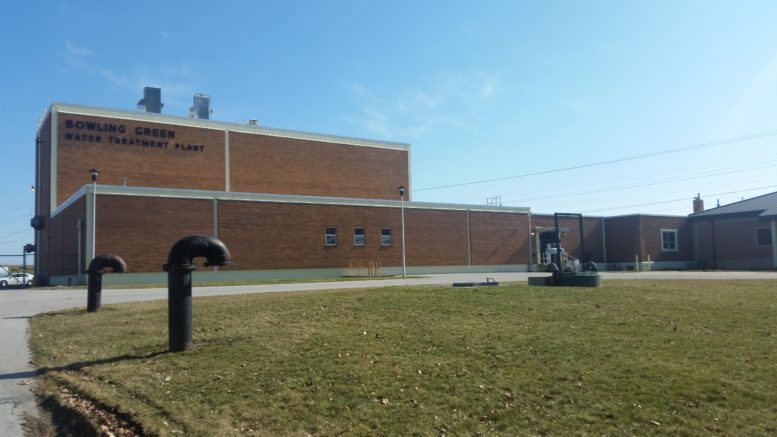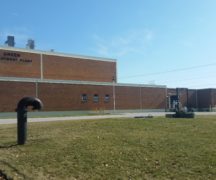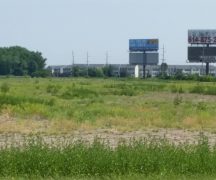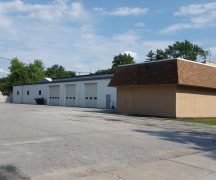By JAN LARSON McLAUGHLIN
BG Independent News
The water deal with Toledo is seemingly sunk, so it looks like Plan B for communities searching for quality water may be Bowling Green.
Perrysburg city officials are touring the Bowling Green water treatment plant on Wednesday.
“We’ve tried to answer questions for them,” Bowling Green Public Utilities Director Brian O’Connell said Monday evening to the city’s utilities board.
“I’m not sure where it’s going to go,” O’Connell said. “They are in an information gathering phase.”
Concerns about water quality, quantity and costs had resulted in a possible regional water system with Toledo in the center. However, that plan – called the Toledo Area Water Authority – was torpedoed by Toledo officials who weren’t happy with the terms.
An earlier study conducted by the Wood County Economic Development Commission had identified Bowling Green as the top option for a regional water source. However, O’Connell said Bowling Green didn’t pursue any talks about expanding its customer base.
“We didn’t want to look like we wanted to torpedo the TAWA,” O’Connell said.
Bowling Green already sells water wholesale to Grand Rapids, Tontogany and Waterville.
O’Connell has heard that with TAWA being sunk, Bowling Green water is being studied as an option by Perrysburg, Maumee and the Northwestern Water and Sewer District.
For decades, those entities have purchased water from Toledo. However, the status quo was disrupted in the past few years by several concerns about Toledo water quality and cost. Toledo has been ordered to make many water system improvements, with the costs being passed on to customers who already pay large surcharges. Complaints from communities have shown growing dissatisfaction over the rates and the water quality since the Toledo system went through the algal bloom crisis of 2014.
The TAWA agreement focused on providing economic savings and environmentally safe water. The proposal called for a redundant water supply source, so the 2014 water crisis would not be repeated. And it called for transparency in the pricing structure. In the last decade, water rates from Toledo doubled the rate of inflation.
Bowling Green’s water became a topic of interest for neighboring entities when Poggemeyer Design Group studied water options at the request of the Wood County Economic Development Commission. The commission asked for the study a couple years back when Toledo was a less than willing partner in the regional negotiations.
So Poggemeyer Design Group identified three options including Bowling Green water, a water intake at the Bayshore power plant, and a Maumee River intake. During the collection of data on the options, Bowling Green rose as the top choice of the alternatives.
The benefits identified with Bowling Green water include the fact that it is an existing operation, would have the lowest capital costs, has state-of-the-art technology, and has an existing customer services agreement with the district. Bowling Green also has land for expansion at the water treatment plant, and has a history of cooperation with other political entities.
Bowling Green could also benefit from the agreement. The city would continue to own and operate its facility, and could benefit from lower operating costs, more reservoir capacity, more treatment flexibility and more transmission redundancy.




